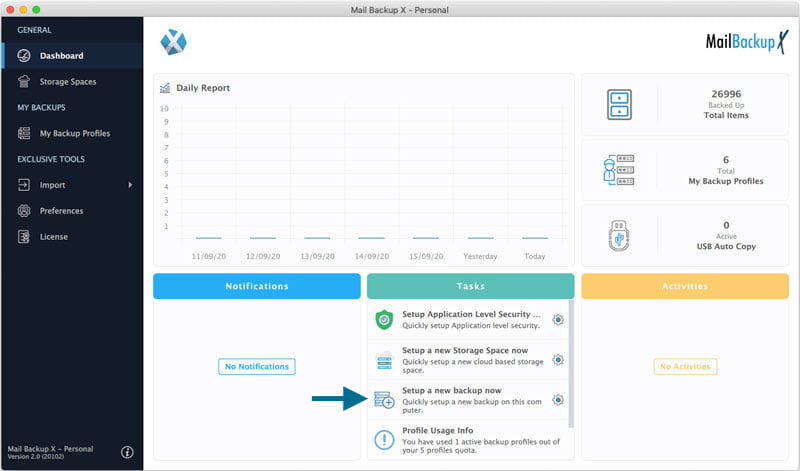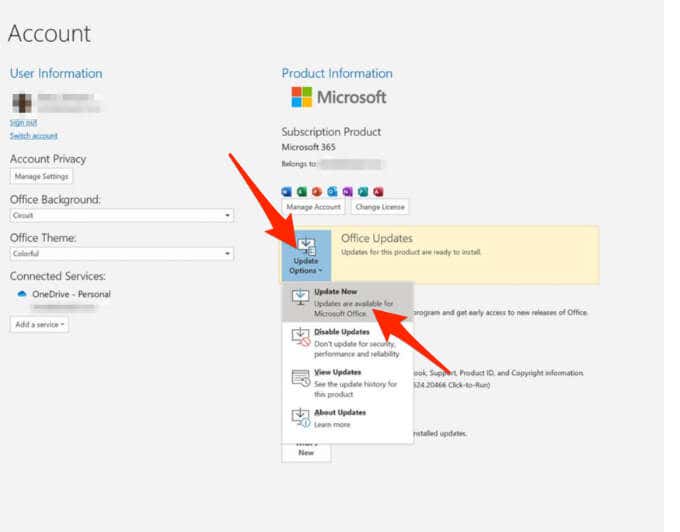

- Mac office 2011 identities main identity backup full#
- Mac office 2011 identities main identity backup verification#
- Mac office 2011 identities main identity backup license#
In many countries – especially English-speaking countries such as Australia, Canada, Ireland, New Zealand, the United Kingdom, and the United States – there are no government-issued compulsory identity cards for all citizens.

In countries that don't have a national identity card, there is, however, concern about the projected large costs and potential abuse of high-tech smartcards. Law enforcement officials claim that identity cards make surveillance and the search for criminals easier and therefore support the universal adoption of identity cards. Many countries now issue electronic identity cards. New technologies allow identity cards to contain biometric information, such as a photograph face, hand, or iris measurements or fingerprints. Some modern identity documents are smart cards including a difficult-to-forge embedded integrated circuit that were standardized in 1988 by ISO/IEC 7816. The shape and size of identity cards were standardized in 1985 by ISO/IEC 7810. Both Australia and Great Britain, for example, introduced the requirement for a photographic passport in 1915 after the so-called Lody spy scandal. Photographic identification appeared in 1876 but it did not become widely used until the early 20th century when photographs became part of passports and other ID documents such as driver's licenses, all of which came to be referred to as " photo IDs". įor the next 500 years up to the onset of the First World War, most people did not have or need an identity document. A unique national identification number is the most secure way, but some countries lack such numbers or don't mention them on identity documents.Ī version of the passport considered to be the earliest identity document inscribed into law was introduced by King Henry V of England with the Safe Conducts Act 1414.
Mac office 2011 identities main identity backup full#
The connection between the identity document and information database is based on personal information present on the document, such as the bearer's full name, age, birth date, address, an identification number, card number, gender, citizenship and more. The photo and the possession of it is used to connect the person with the document. The identity document is used to connect a person to information about the person, often in a database. Many countries require all foreigners to have a passport or occasionally a national identity card from their home country available at any time if they do not have a residence permit in the country. Some countries require all people to have an identity document available at any time. Most countries accept passports as a form of identification. Some countries do not accept driver's licenses for identification, often because in those countries they do not expire as documents and can be old or easily forged.
Mac office 2011 identities main identity backup license#
In the absence of a formal identity document, a driver's license may be accepted in many countries for identity verification. When the identity document incorporates a person's photograph, it may be called photo ID.

Mac office 2011 identities main identity backup verification#
Some countries issue formal identity documents, as national identification cards which may be compulsory or non-compulsory, while others may require identity verification using regional identification or informal documents. If issued in a small, standard credit card size form, it is usually called an identity card ( IC, ID card, citizen card), or passport card. An identity document (also called ID or colloquially as papers) is any document that may be used to prove a person's identity.


 0 kommentar(er)
0 kommentar(er)
